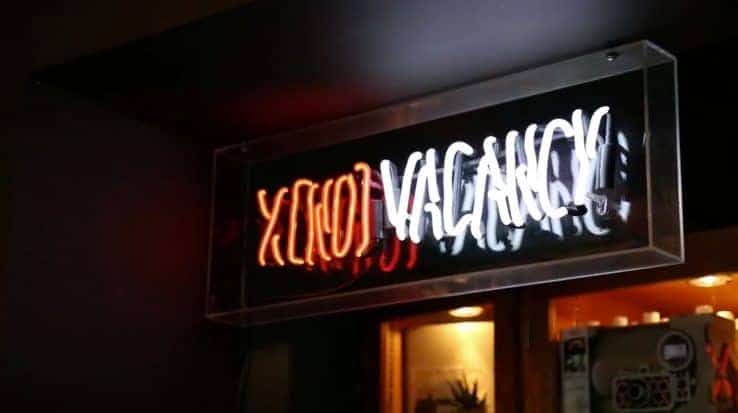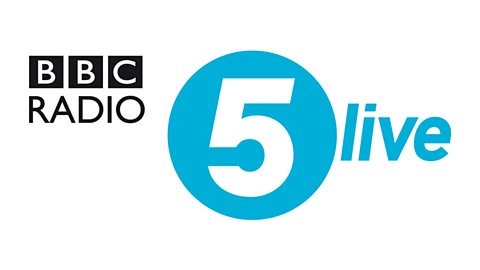School Places Shortage in The UK
Introduction
A report this year by the Local Government Association has found that despite the government’s recent efforts at education reform, the system still faces the possibility of a shortfall of 10,000 places in primary schools around the country within the next four years. Highlighted in an article this year in the Guardian, the data shows that 336,000 more places in primary schools will be 1 needed nationally by 2024, and the government are so far failing to keep up with the number of places required in our schools.
Last year, in an attempt to generate an increased number of places in primary schools to keep up with the national demand, various local authorities diverted funds away from basic repair and maintenance to create more classroom space. Despite this, up to a fifth of UK children were still not accepted into their parents’ first school choice.
The story is much the same for secondary and grammar schools. Of course, this news is nothing new to many. For decades now, parents have struggled across the country – although more so in some areas than others – to secure their children places in the best schools possible, in both state and public school systems.
Organisations such as the National Union of Teachers have been vocal about the school places “crisis” for quite some time now, and 2 both local and national government have given the problem their attention. It remains unclear whether any of these attempts – from repurposing non-classroom areas in existing schools to the development of brand new academies – will be enough to overcome this hurdle.
A national shortage of spaces
Nick Gibb, the Minister of State for Schools, has gone on record claiming that since the Tories’ efforts began in 2010, 600,000 brand new school places have been created. However, fact 3 remains that the birth rate in the UK, and hence the number of children needing to start school, is rising higher than the number of spaces in public and state schools.
In 2015, two in five council 4 areas in England claimed that they would not be able to offer adequate primary school places for the number of children needing to start school in September 2016. This prompted the necessity for 5 many schools to repurpose vital non-classroom areas into classroom space and expand the number of students in each class, leading to potential overcrowding and overworking of already strained teaching staff.
Furthermore, the stress on primary school places has already started to spread into secondary schools. Statistics provided by local authorities nationwide show that applications for secondary schools for the 2015/16 school year reached their highest number since 2009, and over 20,000 pupils failed to get accepted into a single one of their chosen secondary schools. A poll carried out 6 by The Key also showed that almost 60% of secondary schools in the UK had a higher number of applications than available places.
In turn, this lack of space in secondary schools is starting to 7 have a knock-on effect on grammar schools. The most recent survey carried out by the Grammar Schools Association found that almost half of all pupils who pass their 11-plus exam are now failing to get offered a place at a grammar school. In other words, an ever-growing number of bright 8 children who would benefit from a more selective form of secondary schooling are not being offered the opportunity to do so, despite being more than capable of thriving in the grammar school environment.
Essex
Though a nationwide problem, school space shortages are more prevalent in some areas of the country than others. Unfortunately, Essex is one of the areas that suffer particularly from this problem. One of the main reasons is that the number of new teachers in the county is decreasing at an alarming rate.
This year, an article published by the Echo claims that recent years have seen a dramatic drop in the number of people looking to become teachers in the area. Jo 9 Palmer-Tweed, who runs an Essex-based teacher training organisation, claims that the number of trainee teachers recruited per year has dropped by 75% since 2014.
This is far from an isolated case – headteachers of a number of Essex schools have also reported an alarming decrease in applications for teaching jobs. The problem is demonstrated by the fact that the parents of 3% of children in Essex last September (i.e. the beginning of the most recent school year) failed to secure a place at any of the top four schools they applied for. The teacher shortage in Essex is particularly sharply felt.
The attractive prospect of London wages has led to trainee teachers looking to begin their career on a higher rung in London than they would here in Essex. As the teacher shortage seems to be getting worse, while the number of pupils only continues to grow, it is a problem that seems to have no real solution in sight.
Still, as long as the reality of better wages, smaller classes and improved working conditions elsewhere exists, there is precious little that can be done. There have been a number of efforts made to find a remedy to the problem, such as the Teach in Essex campaign recently launched by Essex County Council. The council managed to make room for 3,150 more new students this last academic year, and it speaks volumes that this effort was still not enough.
Conclusion
There are limits to the extent to which anything can be done. The national shortage of teachers means that the creation of new school places only increases the workload on those overworked, underpaid teachers we already have. It is no wonder that parents around the country have begun to search outside of the state school system for the best education they can give to their child, from increased demand for grammar school places to homeschooling and individual tutoring.
After all, the education you give to your child is no laughing matter: their future well-being and career prospects rest on your shoulders as you make these decisions.
Sources
1 https://www.teachers.org.uk/edufacts/school-places-crisis
2 http://www.theguardian.com/education/2016/apr/17/england-10000-gap-primary-school-places
3 http://www.huffingtonpost.co.uk/patrick-hayes/teacher-shortage_b_9319692.html 4
5 http://www.bbc.co.uk/news/education-32161851 http://www.theguardian.com/education/2015/jun/16/squeeze-on-secondary-school-places-in-
6 england-now-worse-than-for-primaries https://www.tes.com/news/school-news/breaking-news/six-ten-schools-over-subscribed-survey- 7 suggests
7 http://www.telegraph.co.uk/education/educationnews/8917817/15000-pupils-pass-the-11-plus-
8 but-fail-to-get-a-grammar-school-place.html http://www.echo-news.co.uk/news/
9 14251419.Teacher_recruitment__crisis__leaves_Essex_with_major_staff_shortage/







